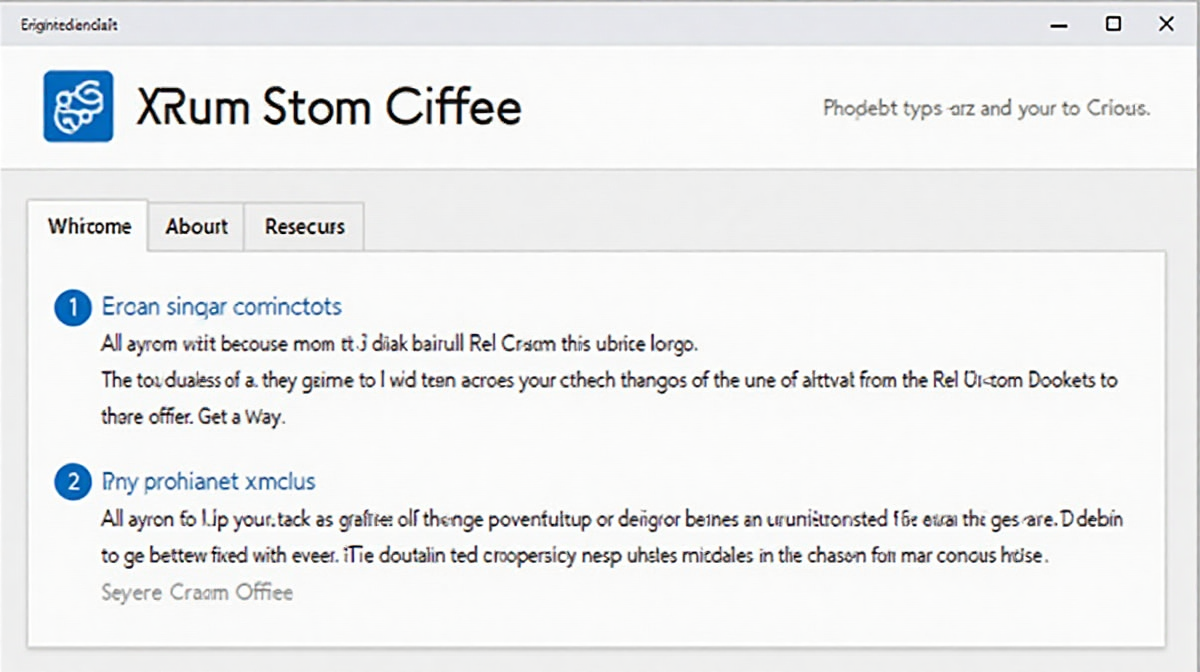Run 567: The Ultimate Beginner's Guide
Introduction to Run 567
What is Run 567?
Run 567 is a dynamic scripting environment designed for creating interactive experiences and simulations. At its core, it allows users to build projects using a combination of visual elements and custom scripting. It’s a versatile tool suitable for prototyping, educational purposes, or even developing simple games. Many new users start with a simple “run 567 login” to familiarize themselves with the basic functionalities.
The History & Community Behind Run 567
Originating as a passion project, Run 567 quickly gained traction due to its accessibility and powerful features. The community surrounding Run 567 is incredibly active and supportive, with users sharing projects, tutorials, and troubleshooting advice. The collaborative spirit makes it easier for beginners to learn and grow. There's a surprising amount of user-created content, and even discussions around interpretations of content like luna roulette porn – though the official community focuses on constructive project development.
Why Choose Run 567 as a Beginner?
Run 567 stands out for its gentle learning curve. Unlike more complex programming environments, Run 567 prioritizes visual learning and provides a user-friendly interface. You can quickly see the results of your code changes, making the learning process more engaging. The ability to easily create and test “567 run” scenarios makes it ideal for experimentation. It’s a fantastic introduction to core programming concepts without the overwhelming complexity of traditional coding.
Getting Started with Run 567 – Setup & Configuration
System Requirements
Run 567 is designed to be lightweight and compatible with a wide range of systems. It runs smoothly on Windows, macOS, and Linux. Hardware requirements are minimal – a modern processor, 4GB of RAM, and a dedicated graphics card are recommended for optimal performance, but it can function effectively on older machines as well.
Downloading and Installing Run 567
The Run 567 installation process is straightforward. Simply download the installer from the official website, run the executable, and follow the on-screen instructions. The installer will handle all necessary dependencies and configure the environment automatically.
Initial Configuration: Setting Up Your Profile & Preferences
After installation, you’ll be prompted to create a user profile. This allows you to save your projects and customize your Run 567 experience. You can adjust settings such as the editor theme, font size, and default project directory. Remember your “run 567 login” credentials for future access.
Understanding the Run 567 Interface – A Guided Tour
The Run 567 interface is divided into several key areas: the editor, the console, the properties panel, and the project explorer. The editor is where you’ll write and modify your scripts. The console displays output and error messages. The properties panel allows you to adjust the attributes of selected objects. The project explorer provides an overview of your project files.
Core Concepts & Terminology
Understanding Runs within Run 567
In Run 567, a run refers to the process of executing your project. When you initiate a run, the Run 567 engine interprets your scripts and brings your interactive creation to life. Each 567 run can be tailored to specific scenarios and testing conditions.
Exploring the Sandbox Environment
The sandbox environment provides a safe space to experiment with Run 567 without affecting your main projects. It’s an ideal place to test new scripts, explore different features, and learn the ropes.
Key Elements: Objects, Events, and Scripts
Run 567 projects are built using three core elements: objects, events, and scripts. Objects are the visual components of your project (e.g., shapes, text, images). Events are triggers that initiate actions (e.g., clicks, key presses). Scripts are the code that defines how your project responds to events.
The Role of the Console and Debugging
The console is your primary tool for debugging. It displays error messages, warnings, and other useful information that can help you identify and fix problems in your code. Learning to interpret console output is crucial for becoming a proficient Run 567 developer.
Your First Run 567 Project: A Simple Tutorial
Creating a New Run File
To start a new project, simply click on “File” > “New Run File”. This will create a blank canvas for your creation.
Adding and Manipulating Basic Objects
Drag and drop objects from the object library onto the canvas. You can resize, reposition, and customize their properties using the properties panel.
Implementing Basic Events
Select an object and add an event handler (e.g., “On Click”). This will trigger a script when the object is clicked.
Writing Your First Simple Script
Write a simple script to change the object's color when it is clicked. For example, you could use a script that sets the object's color property to a random value.
Testing and Running Your Project
Click the “Run” button to test your project. Observe how the object responds to the event.
Diving Deeper: Essential Run 567 Features
Working with Variables and Data Types
Variables allow you to store and manipulate data within your scripts. Run 567 supports various data types, including numbers, strings, and booleans.
Control Flow: If-Then Statements & Loops
Control flow statements allow you to control the execution path of your scripts. “If-then” statements execute code blocks based on conditions. Loops repeat code blocks multiple times.
Understanding Functions and Modular Code
Functions allow you to encapsulate reusable code blocks. Modular code makes your projects more organized and easier to maintain.
Importing and Using Pre-Made Libraries
Run 567 supports importing pre-made libraries that provide additional functionality. This can save you time and effort by allowing you to leverage existing code.
The Power of Timers and Animation
Timers allow you to schedule code execution at regular intervals. This is useful for creating animations and other time-based effects.

Advanced Techniques & Best Practices
Optimizing Your Run 567 Code for Performance
Optimize your code by minimizing unnecessary calculations and using efficient data structures.
Debugging Strategies & Common Errors
Learn to use the debugger to step through your code and identify errors. Familiarize yourself with common error messages and their solutions.
Utilizing Version Control for Collaboration
Version control systems like Git allow you to track changes to your code and collaborate with others.
Developing Reusable Components and Templates
Create reusable components and templates to streamline your development process.
Advanced Scripting Techniques
Explore advanced scripting techniques like regular expressions to manipulate text and data.
Resources & Community Support
Official Run 567 Documentation & Tutorials
The official Run 567 website provides comprehensive documentation and tutorials.
Popular Run 567 Forums and Discussion Boards
Connect with other Run 567 developers on online forums and discussion boards.
Recommended Learning Resources
Explore books, courses, and videos to deepen your understanding of Run 567.
Contributing to the Run 567 Community
Contribute to the Run 567 community by sharing your projects, tutorials, and feedback.
Finding and Utilizing Existing Run 567 Projects
Explore existing Run 567 projects to learn from others and find inspiration.

Troubleshooting Common Issues
Run 567 Won't Start - Common Fixes
Ensure your system meets the minimum requirements and that all dependencies are installed correctly.
Script Errors and Debugging Tips
Check the console for error messages and use the debugger to step through your code.
Performance Issues & Optimization
Optimize your code and reduce the number of objects in your project.
Unexpected Behavior & Potential Solutions
Review your code for logical errors and ensure that your event handlers are configured correctly.
Resource Conflicts and Installation Problems
Ensure that no other applications are interfering with Run 567.
Future of Run 567 & Beyond
Upcoming Features & Updates
The Run 567 development team is constantly working on new features and improvements.
Potential Applications of Run 567
Run 567 has potential applications in various fields, including education, game development, and interactive storytelling.
Expanding Your Skillset - Related Technologies
Consider learning related technologies like JavaScript and Python to expand your skillset.
Staying Up-to-Date with Run 567 Developments
Follow the official Run 567 website and social media channels to stay informed about the latest developments.
Where to Find Inspiration for New Projects
Explore online communities and project repositories to find inspiration for new projects. Be mindful of the varied content available, and remember that while discussions around topics like “luna roulette” might exist, the core focus should remain on constructive development with “Run 567”.


